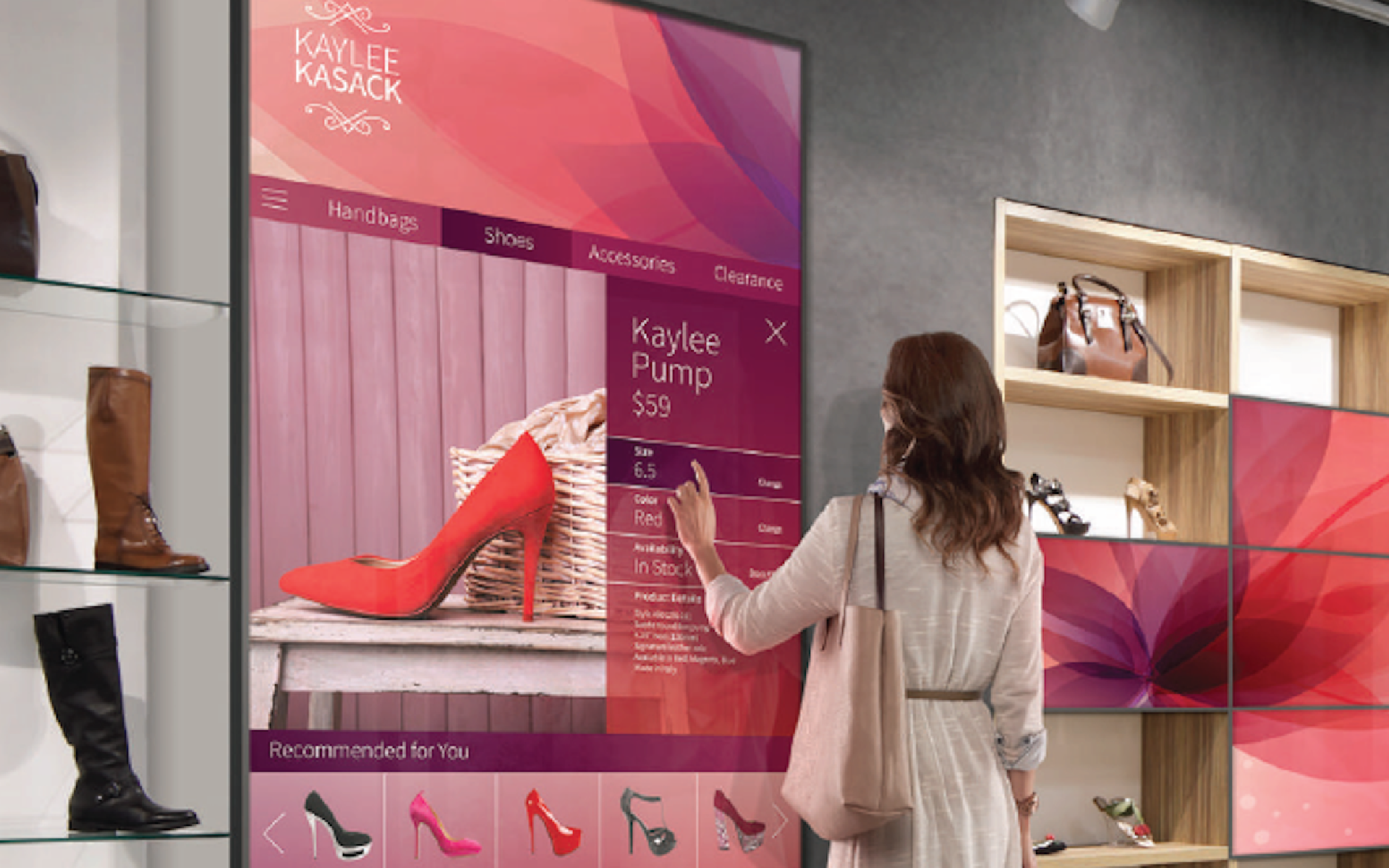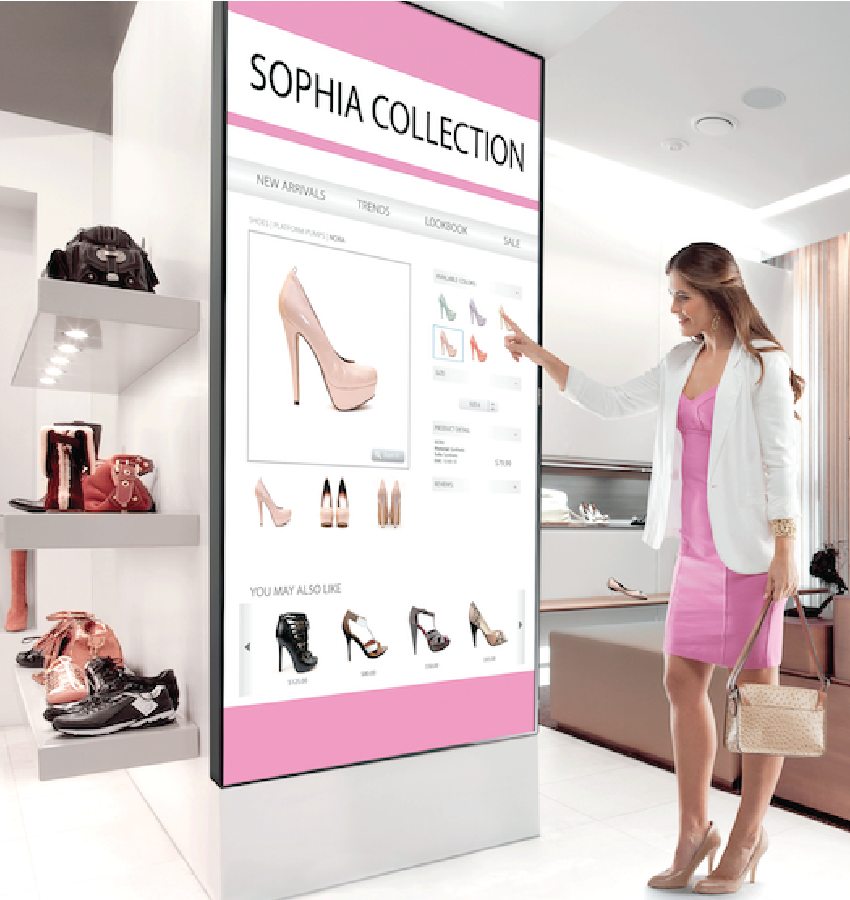
Unless you’ve been living under a rock for the last decade or two. You have almost certainly heard of, and maybe even experienced some form of Virtual Reality and Augmented reality. It might surprise you to learn that VR and AR. These are just two types in a continuum of digitally created or digitally enhanced reality experiences. Some of the others include Mixed Reality, Augmented Virtuality, and Cross Reality. Together XR | Building Interactive Experiences in Retail. All these experiences are known by the umbrella term Extended Reality, or “XR” for short.
XR in Retail
The consumer retail industry is an obvious target for XR. The eCommerce now worth over $13 Trillion2 and still rising rapidly. There is a huge demand for technologies that can help consumers find further more appealing products and complete transactions faster, more securely, and with a greater sense of satisfaction.
Retail is an intensely personal, mostly visual-centric experience. Shoppers evaluate offerings simultaneously on multiple spectrums- utility, novelty, exclusivity, value, etc. Furthermore, appeal is notoriously inconsistent from person to person. XR is an excellent platform for exactly these reasons. From awareness-creation to transaction and feedback, XR adds next-level capabilities to bring consumers and sellers closer to each other.
Awareness Creation
Any retail journey starts with discovering information about the product. Advertising is a classic “push” method of awareness creation. While easily accessible on-demand information is increasingly important as retailers adopt “pull” methods to become less intrusive. XR can be transformative in both processes.
Retailers have increasingly switched to subtle, contextually relevant, short ads. An immersive environment like XR, especially in gaming, is the ideal setting for such ads. Realistically portrayed in 3D, goods from cola to cars can be expertly woven into the gaming experience of Virtual Reality games as plot devices, or just mood-setting background scenery. Such product placement is not only effective advertising, but even creates affinity with the player for becoming a plot device to improve their gaming experience!
On-demand information availability is a tailor-made use case for AR. Scanning a single, inconspicuous QR code can be a rich source of information about the product’s origin, price, and even sustainability qualification. In real-time, AR can help consumers navigate stores, find their favorite goods, and even gamify flash sales in particular locations.
Consideration
In the classical marketing funnel, the marketer tries to move a customer who is aware of a product to actively consider it for purchase. Consideration usually follows an actual experience with the product, such as a demo or trial period. AR, with its ability to create a rich visual experience can help do this for eCommerce better than any other technology. The companies like L’Oreal and Mac already offer apps with excellent face-tracking technology to let consumers try on lipsticks, nailpaints and hair color in real time.
Already the next phase of AR-based personalization is being rolled out. The British firm Asos released “See my fit”. Its a virtual try-on app which it calls “inclusive”. This allows customers to see clothing being modelled on a variety of models of different body types. Its to deliver a more realistic idea of what the customer’s own experience might be. As technology improves, retailers will keep trying to create the holy grail of AR- a universal AR experience on user’s smartphones that lets them try on virtually anything, from clothes and accessories to jewellery, tattoos & piercings, and even medical devices like hearing aids before purchase.
Other applications of XR in retail, especially in the premium & luxury segments, gives customers a chance to personalize their purchase, while creating huge cost savings for the seller. Automakers like BMW, Porsche, Honda, MG etc. use a variety of XR technologies to increase customer engagement. Some are meant for remote viewing. Like online configurators and basic AR visualisers to help customers see what the car might look like parked in the driveway. These are meant to enhance the showroom experience. The BMW, for instance, uses HTC Vive Pro headsets to improve the customer’s experience with the car.
The best of these apps try to simulate a live experience- as one zooms in to the seat or body, the resolution improves to reveal stitching, paint flecks etc. as one would detect in person. This is the reverse of a brochure image which gets blurry as one peeks closer- this is just one example of the radical shift in customer experience from the traditional printed static image, or even pre-recorded video.
Transaction and Payment
The Payment stage has historically been the biggest bottleneck in the shopping experience. More shopping carts and products get abandoned at the payment stage than anywhere else in the retail channel. This has remained true even for no-cost returnable items. To add to the obstacle, payment systems currently require users to step into a different portal. Similar as a banking app or secure webpage to complete the transaction. Which just adds to the bottleneck.
This is starting to change, however. Mastercard and Visa have already created virtual payment gateways inside popular VR games so players can buy more credits to keep playing, without exiting the experience.
The Future of XR in Retail
As the multiple types of XR continue to evolve and become more sophisticated, they will continue to change the retail experience for the foreseeable future. In the near future retail experiences will start incorporating NFTs, the Metaverse, and virtual payments. Ads will become far more personalized, making it seem to a customer that the entire marketplace is centered around them. Virtual assistants will make guidance better, while the entire experience will migrate to multiple platforms, including light-weight headsets, foldable smartphones, and even future hybrid devices.
XR | Building Interactive Experiences isn’t just enhancing Retail ; it is transforming it.



